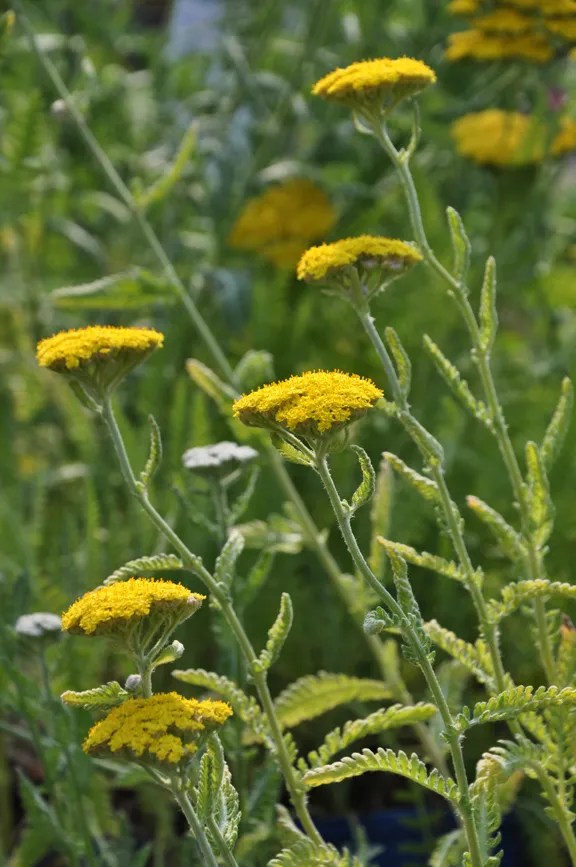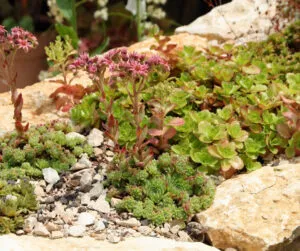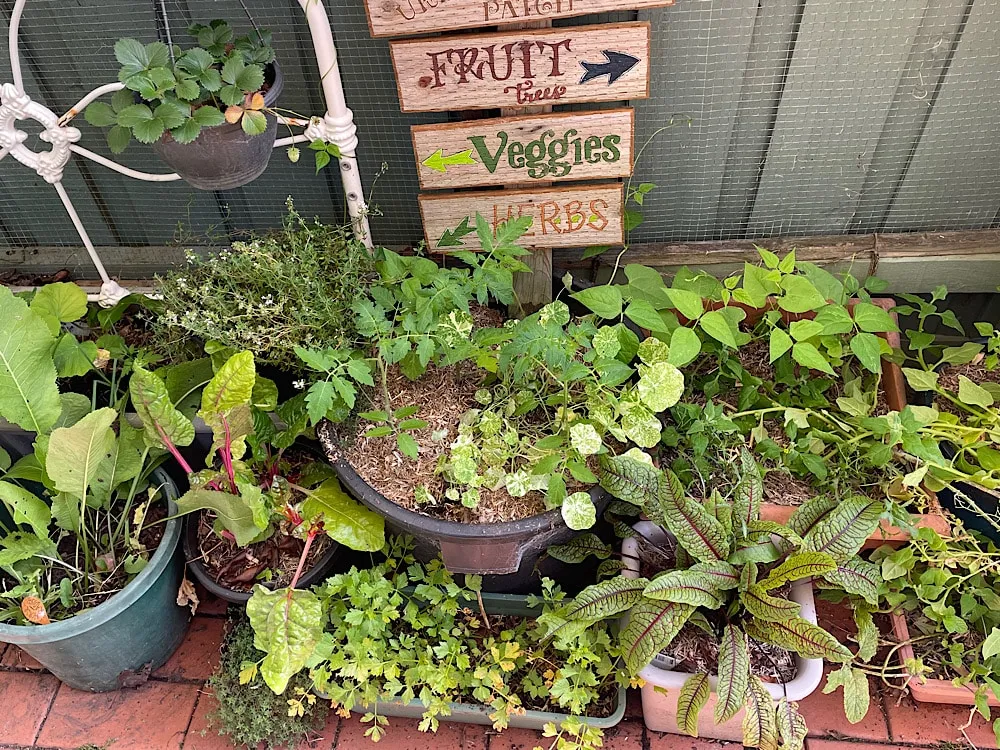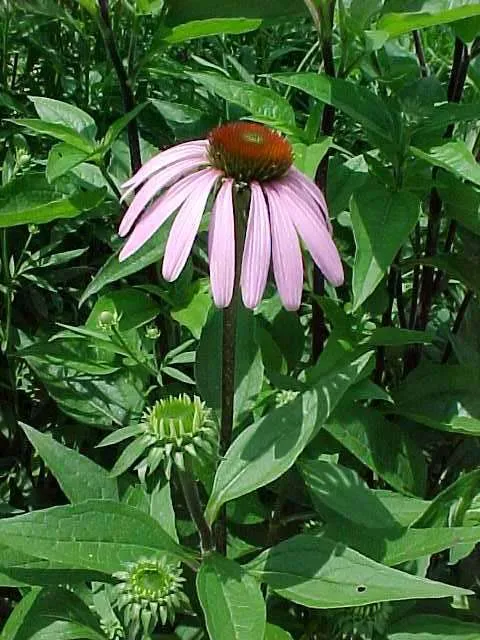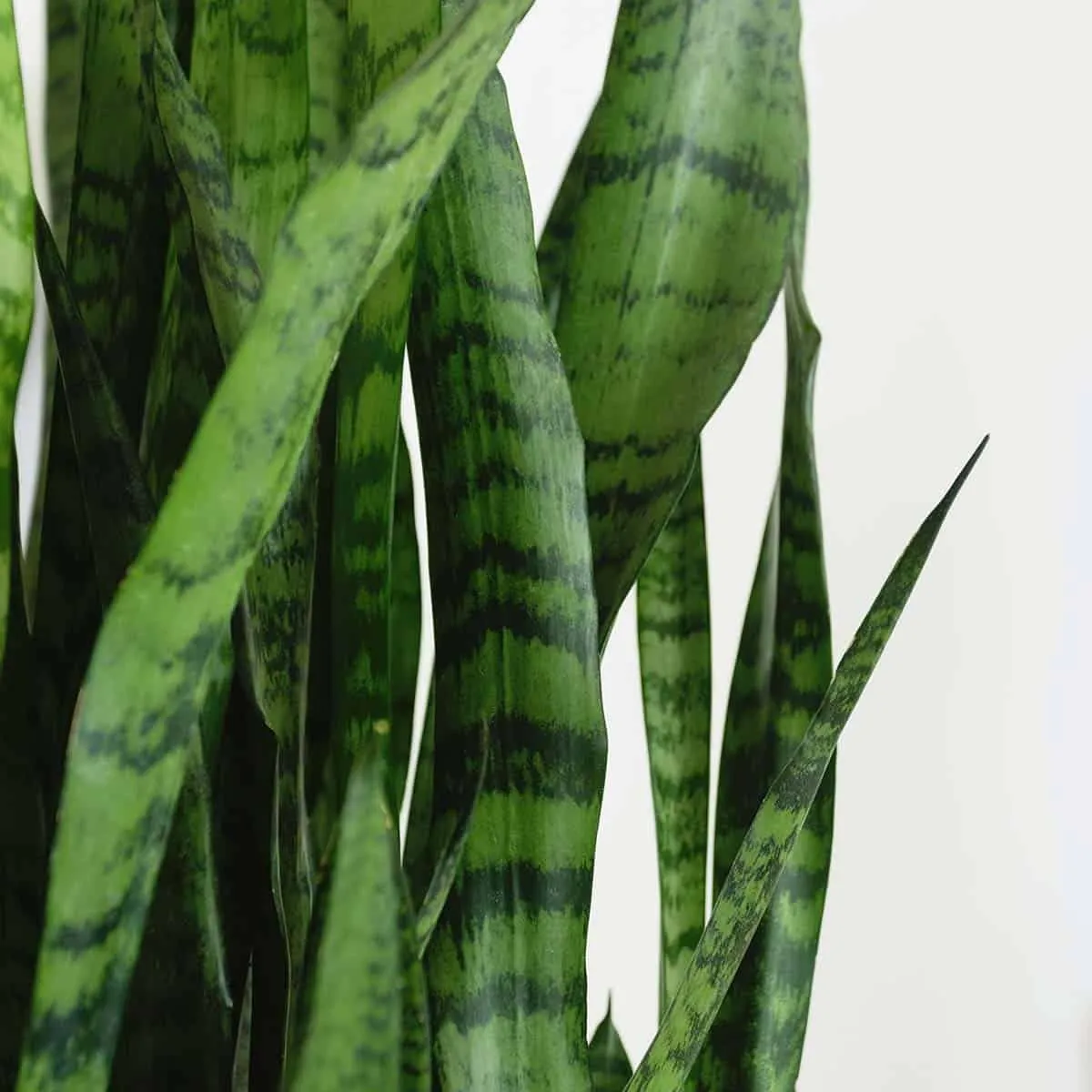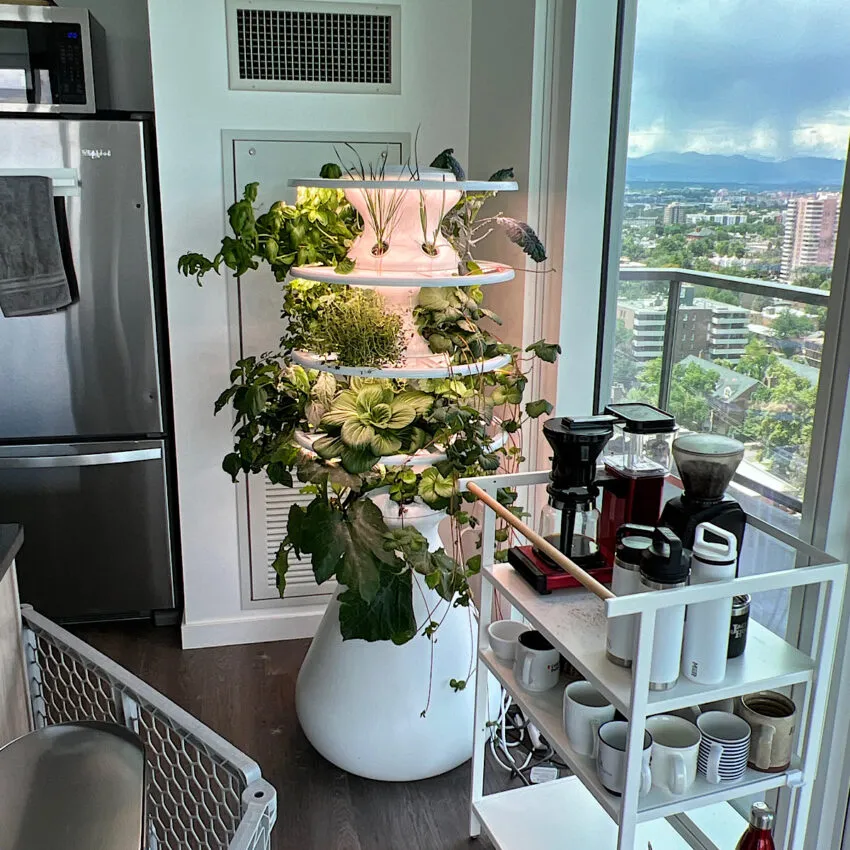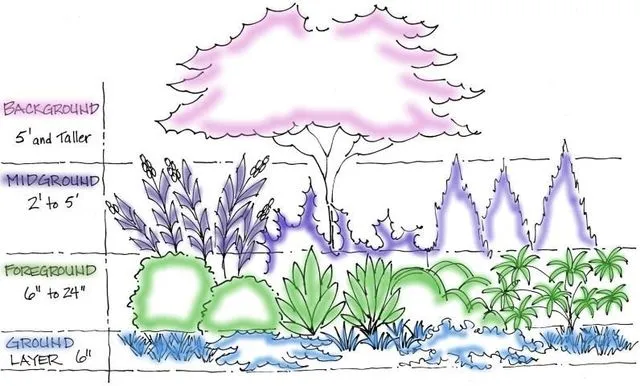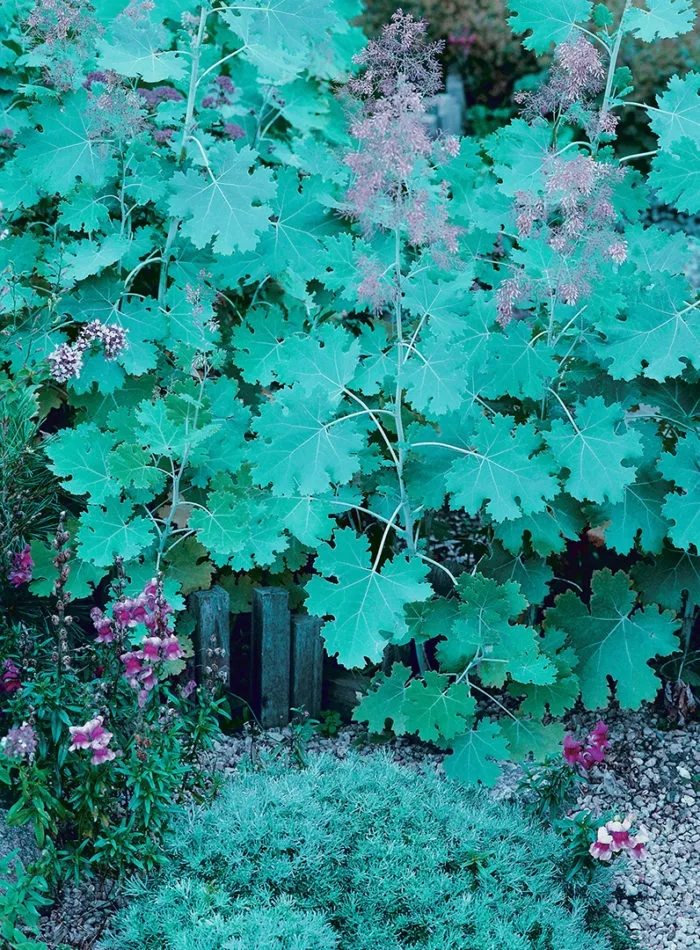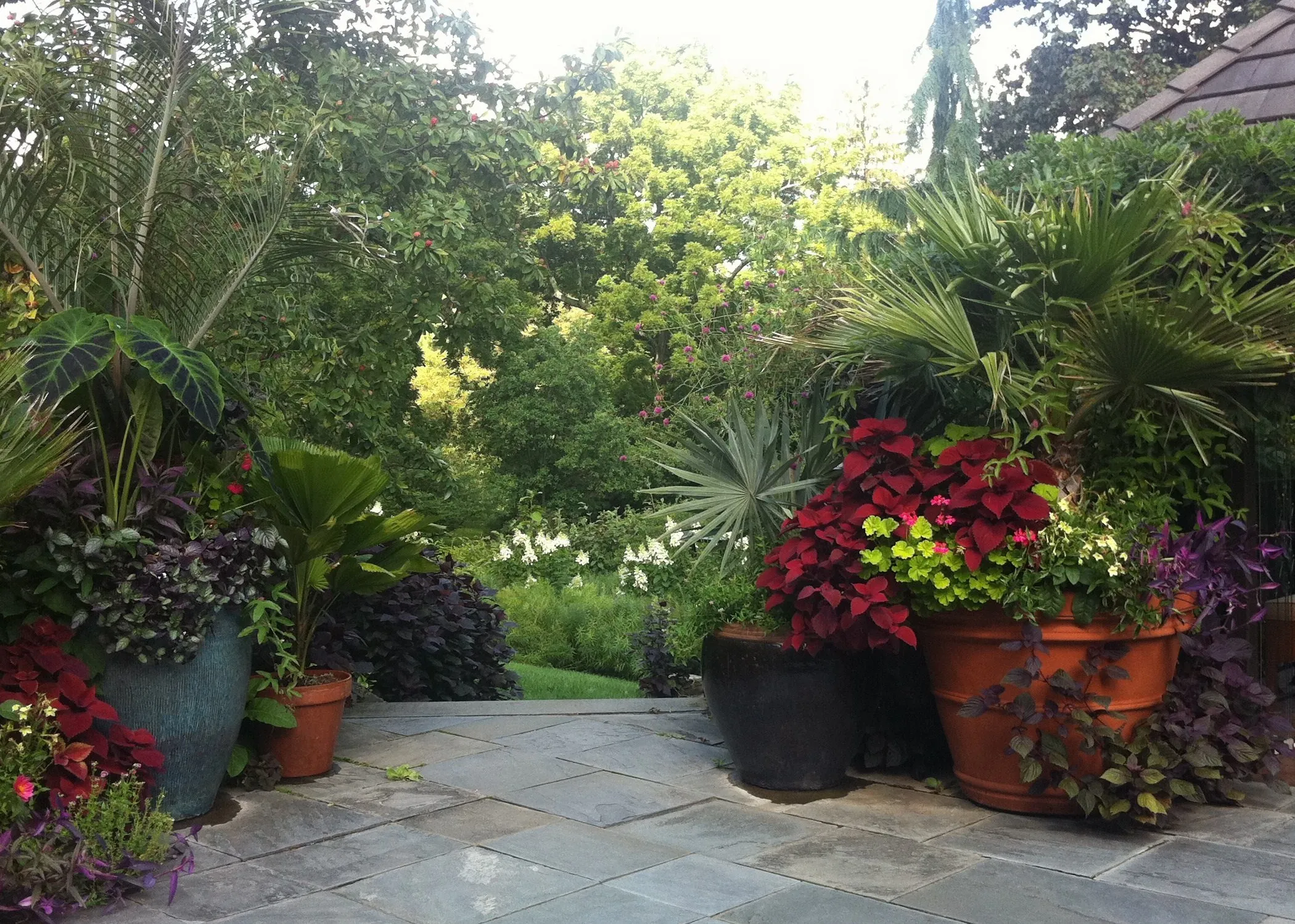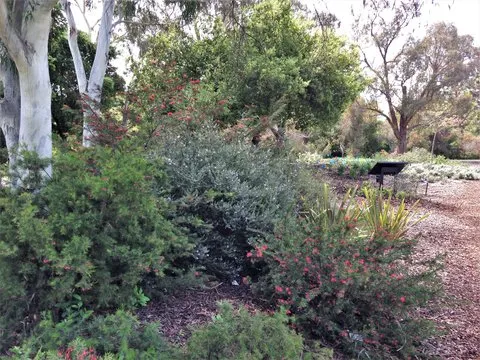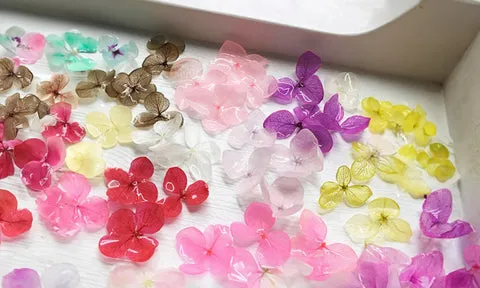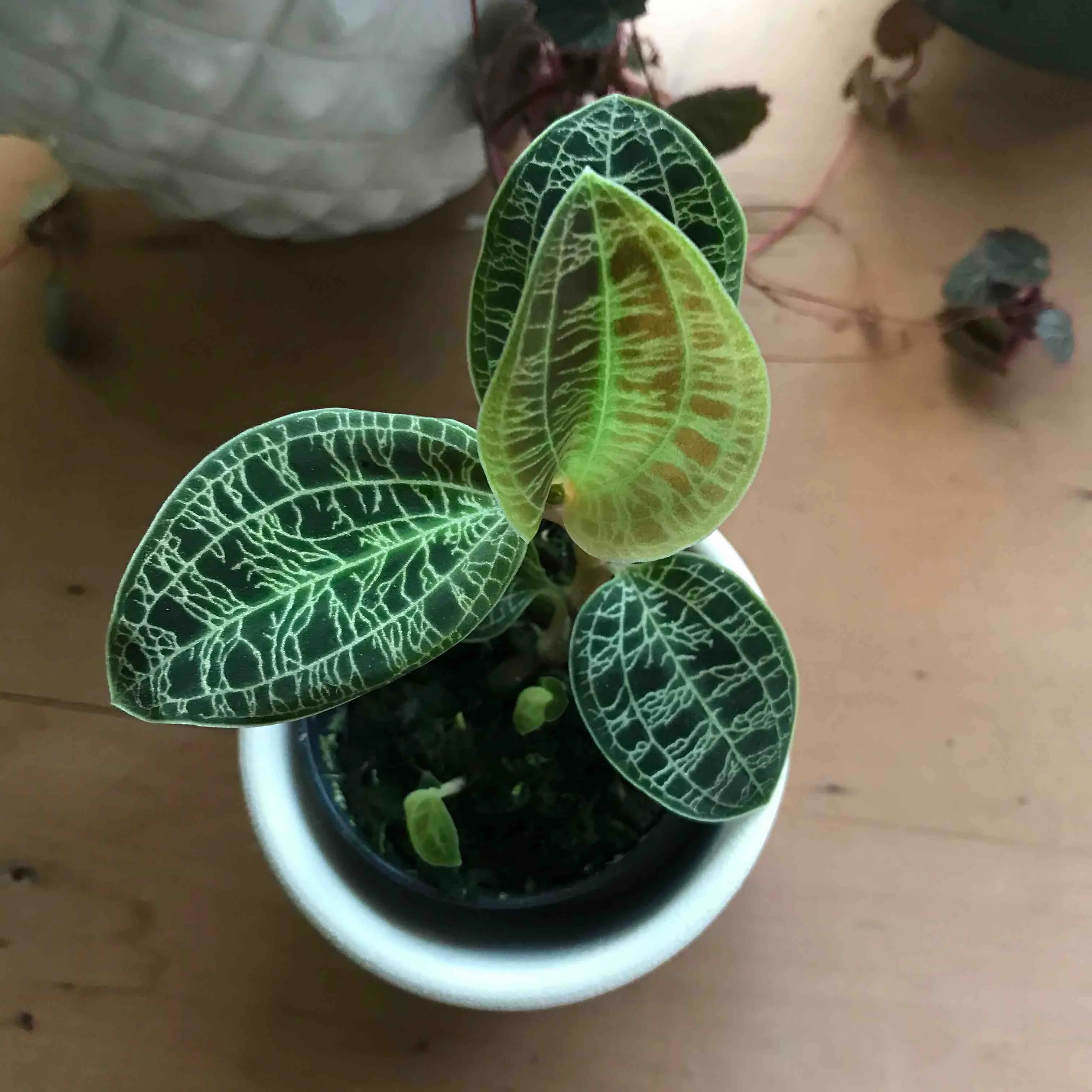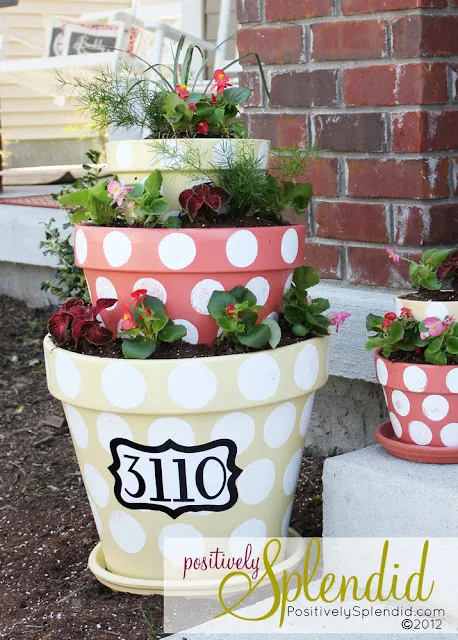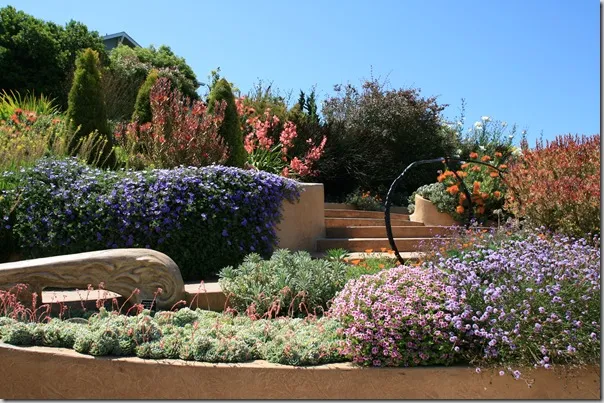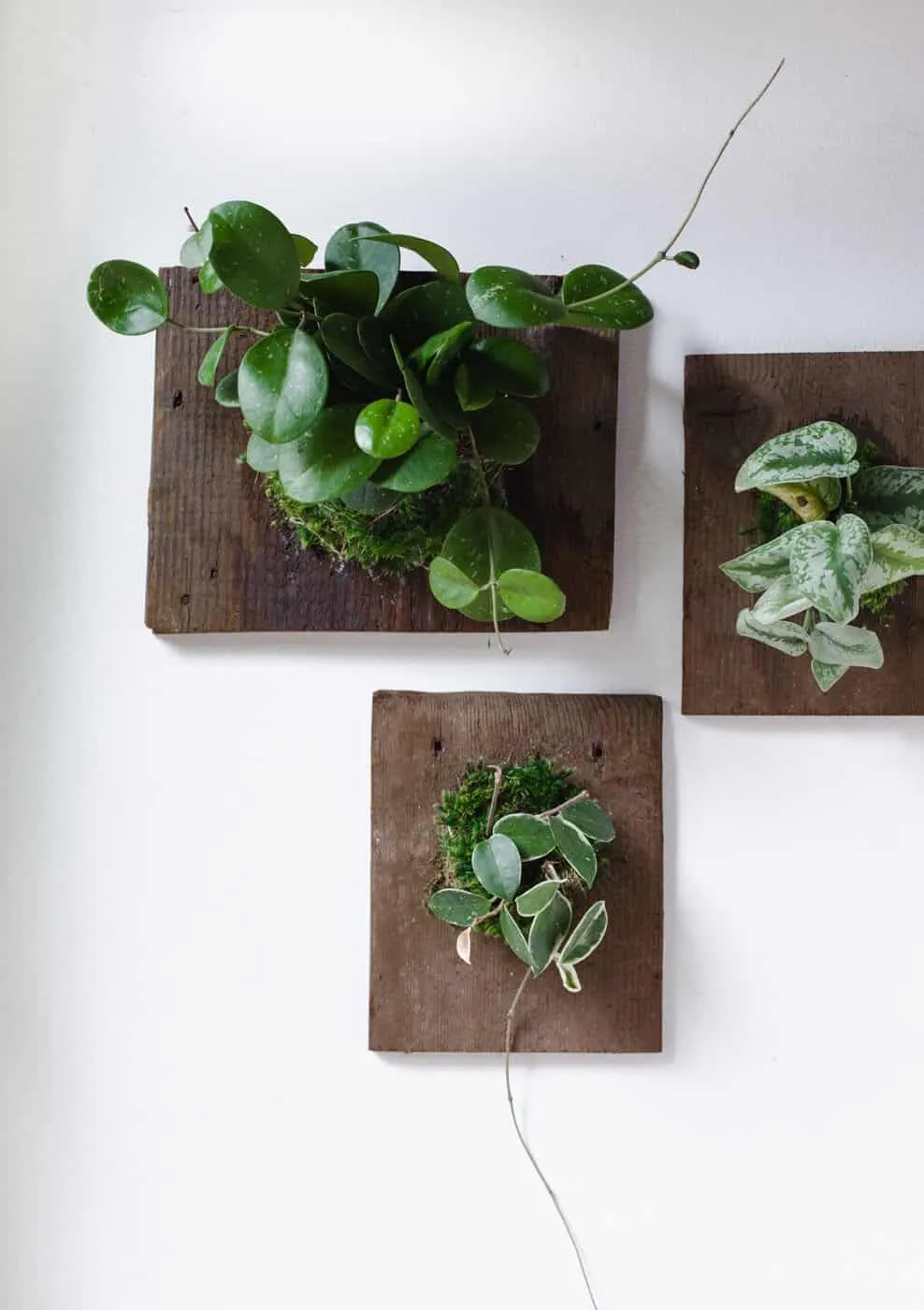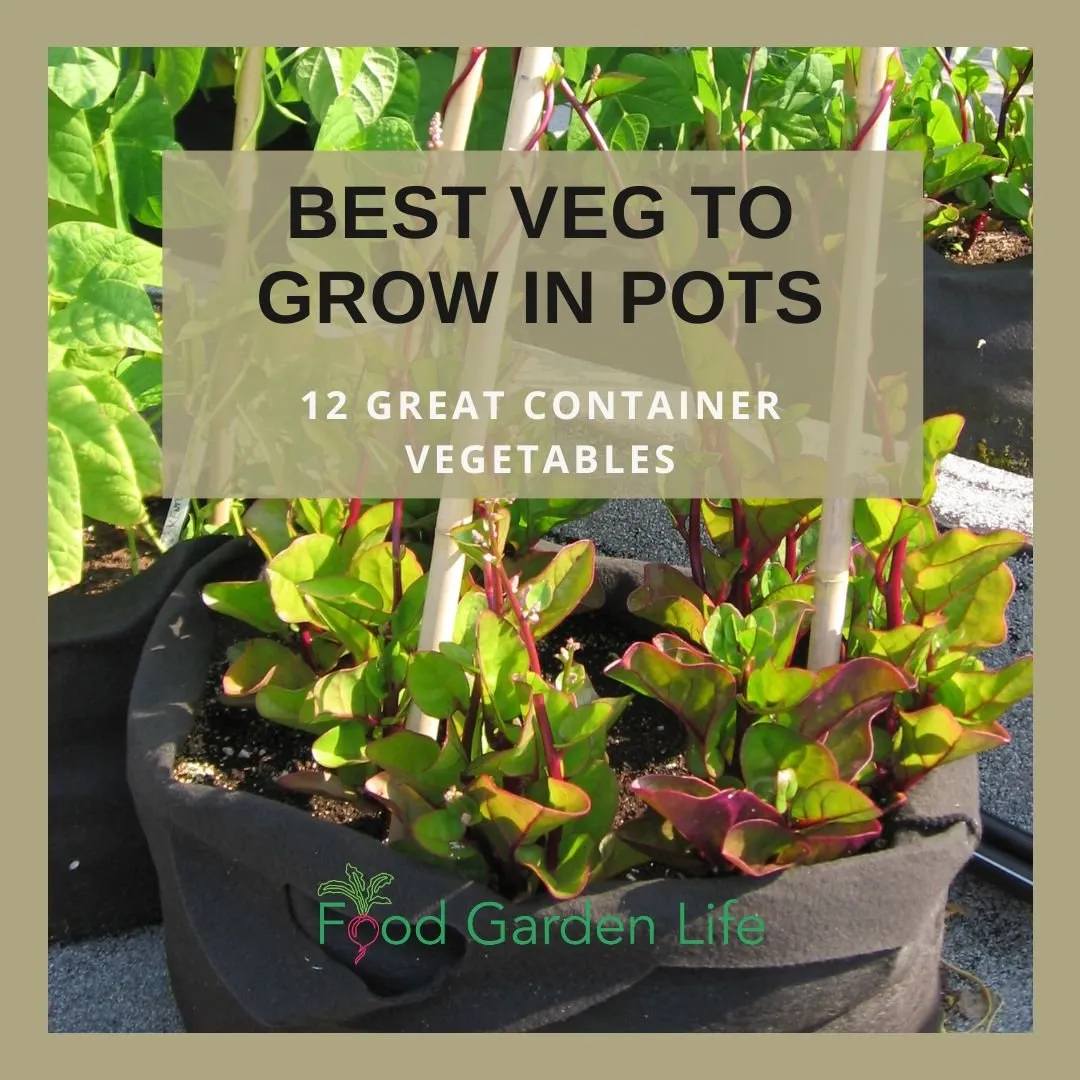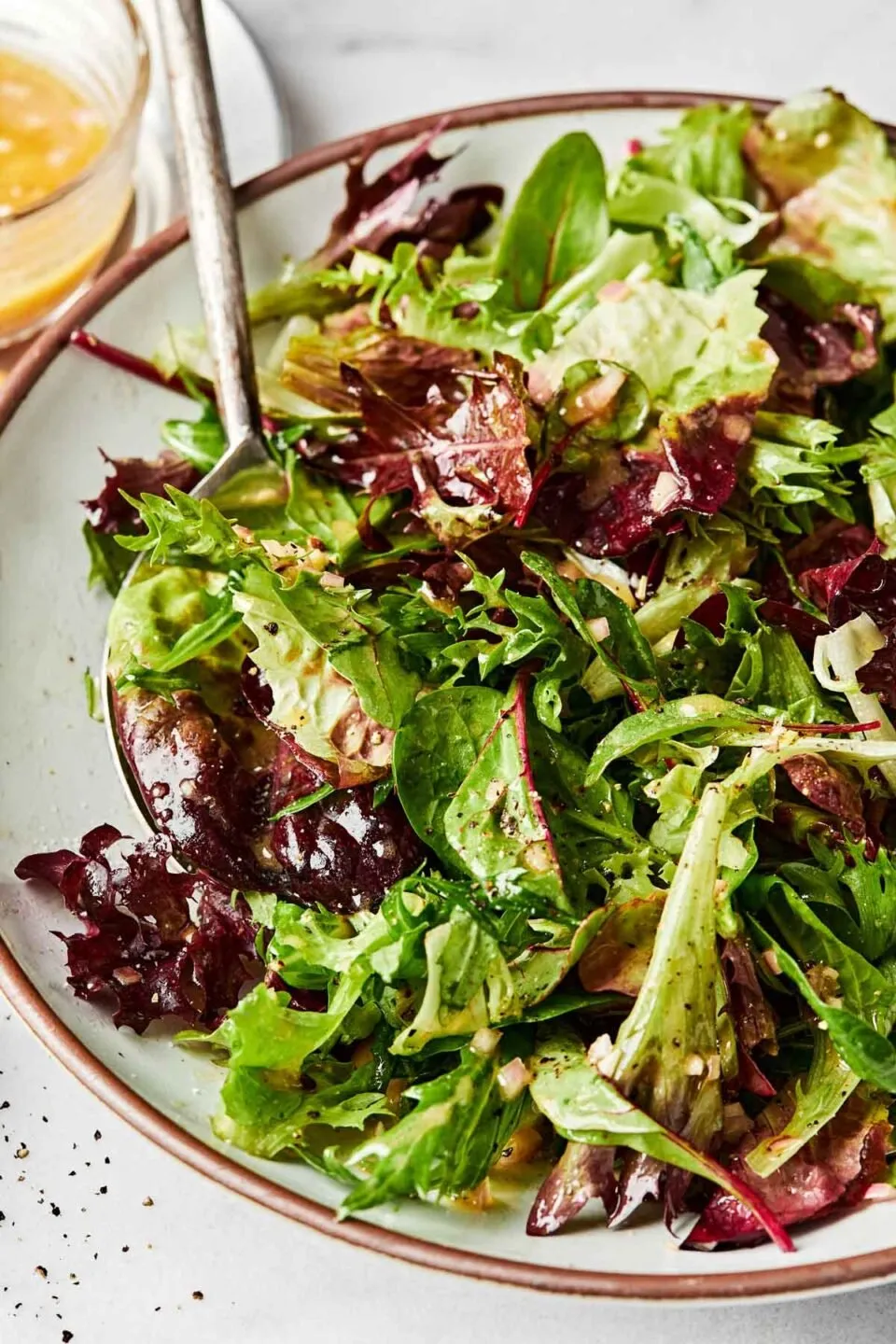- Quick Guide: Learn to propagate garlic from cloves for a bountiful harvest.
- Best Time to Plant: Fall (September-November) for a summer harvest.
- Key to Success: Large, healthy cloves, well-drained soil, and consistent watering.
- Garlic Varieties: Explore softneck and hardneck types suited to your region.
Garlic, with its pungent aroma and culinary versatility, is a rewarding addition to any garden. Knowing how to propagate garlic successfully ensures a continuous supply of this kitchen staple. This guide provides a comprehensive overview of garlic propagation, from selecting the right cloves to harvesting and storing your bounty.
Contents
Choosing Your Garlic for Propagation
While garlic can technically be grown from seed, propagating from cloves is the most common and effective method. This involves separating individual cloves from a mature garlic bulb and planting them.
- Selecting Cloves: Choose the largest, healthiest cloves from your best garlic bulbs. Avoid cloves that are soft, shriveled, or show signs of disease. Larger cloves generally produce larger bulbs.
-
Garlic Types: Garlic is broadly categorized into softneck and hardneck varieties. Softnecks, like ‘Silverskin’ and ‘Artichoke’, have a milder flavor and store well. Hardnecks, such as ‘Rocambole’ and ‘Porcelain’, produce a flower stalk (scape) and have a more robust flavor. Consider your climate and taste preferences when selecting a variety.
-
Allium sativum (Garlic)
- Common Name: Garlic
- Zone: 4-9 (depending on the variety)
- Light: Full sun
- Humidity: Moderate
- Water: Consistent moisture
Planting Your Garlic Cloves
Proper planting technique is crucial for successful garlic propagation.
-
Timing is Key: Plant garlic cloves in the fall, ideally 6-8 weeks before the first hard frost. This allows the cloves to establish roots before winter and promotes vigorous growth in the spring.
-
Planting Depth and Spacing: Plant cloves pointed end up, 1-3 inches deep and 6 inches apart. Rows should be spaced 12-14 inches apart.
-
Soil Preparation: Garlic thrives in well-drained, fertile soil. Amend heavy clay soils with organic matter like compost or well-rotted manure to improve drainage and fertility.
 Braid the stalks of three garlic bulbs together and pull the heads into a cluster
Braid the stalks of three garlic bulbs together and pull the heads into a cluster
- Watering: Water thoroughly after planting and provide consistent moisture throughout the growing season, especially during bulb development. Avoid overwatering, which can lead to rot.
Caring for Your Growing Garlic
Once planted, your garlic requires minimal care but benefits from regular attention.
Watering and Fertilizing
- Consistent Moisture: Garlic needs regular watering, especially during dry periods. Aim for about 1 inch of water per week.
- Fertilizing: Apply a balanced fertilizer in early spring when shoots are 4-6 inches tall. Avoid fertilizing late in the season, as this can delay bulbing.
Pest and Disease Control
-
Common Pests: Keep an eye out for pests like onion thrips, cutworms, and wireworms. Consult your local extension office for appropriate control measures.
-
Diseases: Garlic is susceptible to various fungal diseases, including botrytis and pink root. Crop rotation and proper sanitation can help prevent these issues.
 Braid the stalks of the garlic together
Braid the stalks of the garlic together
Weed Control
- Weed Management: Weeds compete with garlic for nutrients and water. Regular weeding is essential, especially when plants are young. Mulching can also help suppress weeds.
Harvesting and Storing Your Garlic
Knowing when and how to harvest your garlic is essential for maximizing its shelf life.
-
Signs of Maturity: Garlic is ready to harvest when the leaves begin to yellow and dry down, typically in early to mid-summer.
-
Harvesting Technique: Carefully loosen the soil around the bulbs with a garden fork and lift them gently. Avoid damaging the bulbs.
-
Curing and Storing: Cure the harvested bulbs in a well-ventilated, shady area for several days. Once cured, store them in a cool, dry, and dark place.
We hope this comprehensive guide helps you successfully propagate garlic and enjoy a plentiful harvest. Happy gardening! Share your garlic growing experiences and tips in the comments below.





